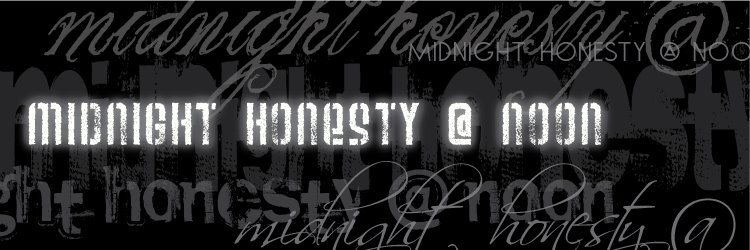In the beginning
As I mentioned in my introduction, this space is intended to primarily be a place for me to unravel what it is I want to do in my own theatre life, as well as wrestling with the larger "What is Theatre?", and "What Do I Think Small Independent Theatre Should Be?"
I've decided that I would approach this impossible existential test by answer the questions I know that I know the answers to first.
Small Theatre Aesthetics
I have spent the last 10 years of my life in the small theatre scenes of San Francisco and Austin. Along with the sundry shows I have personally been involved with, my part-time gig as the assistant production manager at the Exit Theatre in San Francisco allowed me to see many MANY shows. I was also privy to the process of many of those shows, and the approaches that companies in varied stages of development took in regards to the technical aspects of their shows.
A fundamental truth of small theatre is that companies lack capital resources. I understand that all too well. Unfortunately, rather than accepting this truth and dealing with it, most small companies adopt a vicious victim complex and then try to pretend they have capital resources.
To the grave detriment of their productions.
You (the production team) have control over everything your audience experiences short of the baggage they bring in with them. You make the decision as to what that is going to be.
You can play the martyr's role, highlight the fact that you have no money, and duct tape together a Noel Coward living room out of some Goodwill furniture and paint.
Your audience will pity you. You will win martyr of the week. But they also aren't taking your show seriously. You are going to be salted away in the audiences mind as a Double-A production, almost regardless of the actual performance level. (ed note: there are of course no absolutes)
You have also spent money you likely don't have to achieve this non-effect.
There is no logical reason to decide on that aesthetic for your work. The only reason to approach a show in that manner is because you have set in your mind what you feel a "big-boy theater" would do for a set, so you make a run at that ideal on the money you have.
No win scenario - see above.
The two resources that small theatre companies DO have are people and time. Leverage them.
Accept the limitations of your budget. Not as a curse, or the obvious oppression of a war mongering administration, but as an opportunity to create a solution. The benefits are obvious.
- You and your team create an aesthetic that is specific to you and your show. One that specifically addresses the obstacles you are facing, and one that highlights the tone and intent of your production.
- You spend the money you have. That you actually have. Maybe it's $50. But you're not mortgaging future productions for a half-assed production today.
- You can begin to create a company aesthetic.
In a brand name world that matters. - You give yourself the ability to fold in the edges. The better you live within your theatrical means, and the simpler your production concepts, the more likely it is that your production will look finished. Which is all an audience really requires vis-a-vis production values. That you completed what it seems you intended to do.
- The cleaner and more finished your production aesthetic the better your production shots look for the publicity, the archive, and for future possible donors.
One Sentence Recap:
When facing a fully staged production design within your means, and present a fully realized concept without apology, not a poorly executed gesture towards what you sort of think you meant to do if you had more money.
Homework:
What am I missing? Why am I wrong?
Why are companies spending money they don't have to cobble together sets they hate that don't accomplish their goals?
How have you creatively solved set/production problems on a string and a couple of nickels?







